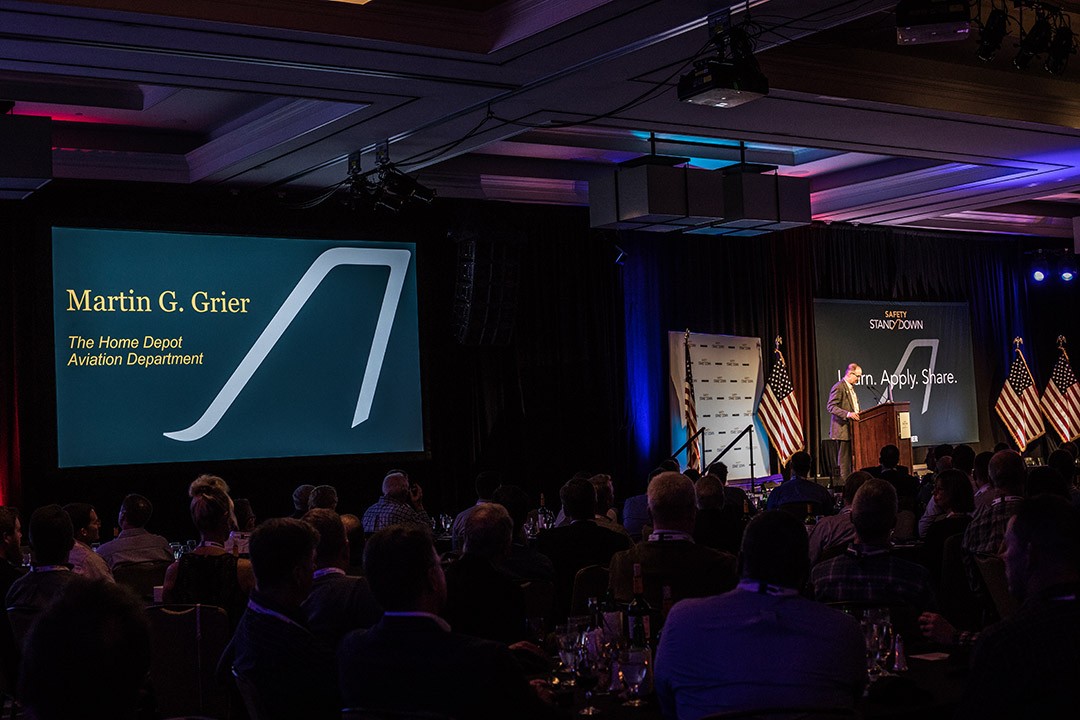Elevate Your Standards in Aircraft Maintenance
By Marty Grier - June 20, 2019

Standards can be defined as, “A measure of quality or attainment.” Quality is a very important measure when it comes to aircraft maintenance.
Our standards provide us with a foundation for our actions. If we have low standards in aircraft maintenance it will show up in low dispatch reliability, high incident/accident rates, increased expense and poor customer service. Minimum standards are typically what is written by regulators or a company’s policy. We are expected to meet minimum standards. But often doing only the minimum sets us up for higher risk scenarios with undesirable outcomes in quality and safety.
So, our objective is to establish a continuous improvement environment with an emphasis of elevating our standards to the highest level possible. Much like a positive safety culture environment, once this expectation is established and promoted, our standards can be raised to higher and higher levels. The rate of change may be small. But it will start to happen organically.
One example of elevating standards in aircraft maintenance would be to incorporate a Maintenance Risk Assessment Tool (MRAT) that seeks to identify and communicate maintenance risk scenarios to all parties involved, assess the risk levels anticipated before acting and identify risk mitigation strategies. This may sound complex, but in reality, it is as simple as reviewing a pre-defined checklist of maintenance related tasks with all members of the maintenance team, discussing the risks associated with the planned activities for the day or shift and implementing risk mitigating strategies as merited.
Here’s a hypothetical example:
- Task: tail inspection
- Risk: fall potential, working at heights
- Mitigation: use fall protection
As new aircraft, tasks and/or processes are introduced, the MRAT is updated as appropriate and new risk mitigation strategies are developed.
Another example of elevating standards in an aircraft maintenance environment is to implement a pre-use analysis process. This process is used to analyze the risk associated with introducing a new chemical, tool or support equipment into the work environment. This process includes a review of the Safety Data Sheets, any potential hazards associated, defining mitigation strategies such as the use of proper PPE and training, obtaining input from the safety team and communication with all affected team members.
One final example of elevating standards in an aircraft maintenance environment involves maintenance error. Maintenance tasks are performed by humans. Humans make mistakes. And humans learn from mistakes. So, we must cultivate an environment where maintenance technicians feel safe sharing the maintenance errors made so others can learn from them and processes can be established to mitigate or eliminate the risk of these errors reoccurring.
Here’s an example:
- Error identified: fuel supply “B” nut found loose at Fuel Control Unit
- Risk potential: fuel leak, fire, loss of engine power/operation
- Mitigation: new procedure developed to have inspector check torque and add torque seal
- Implement: a simple, non-punitive process for reporting, recording and sharing errors and maintenance standards that will be elevated as we learn for each other’s mistakes
Our challenge, is to avoid the trap of mediocrity and adherence to minimums by supporting and developing a culture that continuously strives to “Elevate Your Standards” to the highest level.